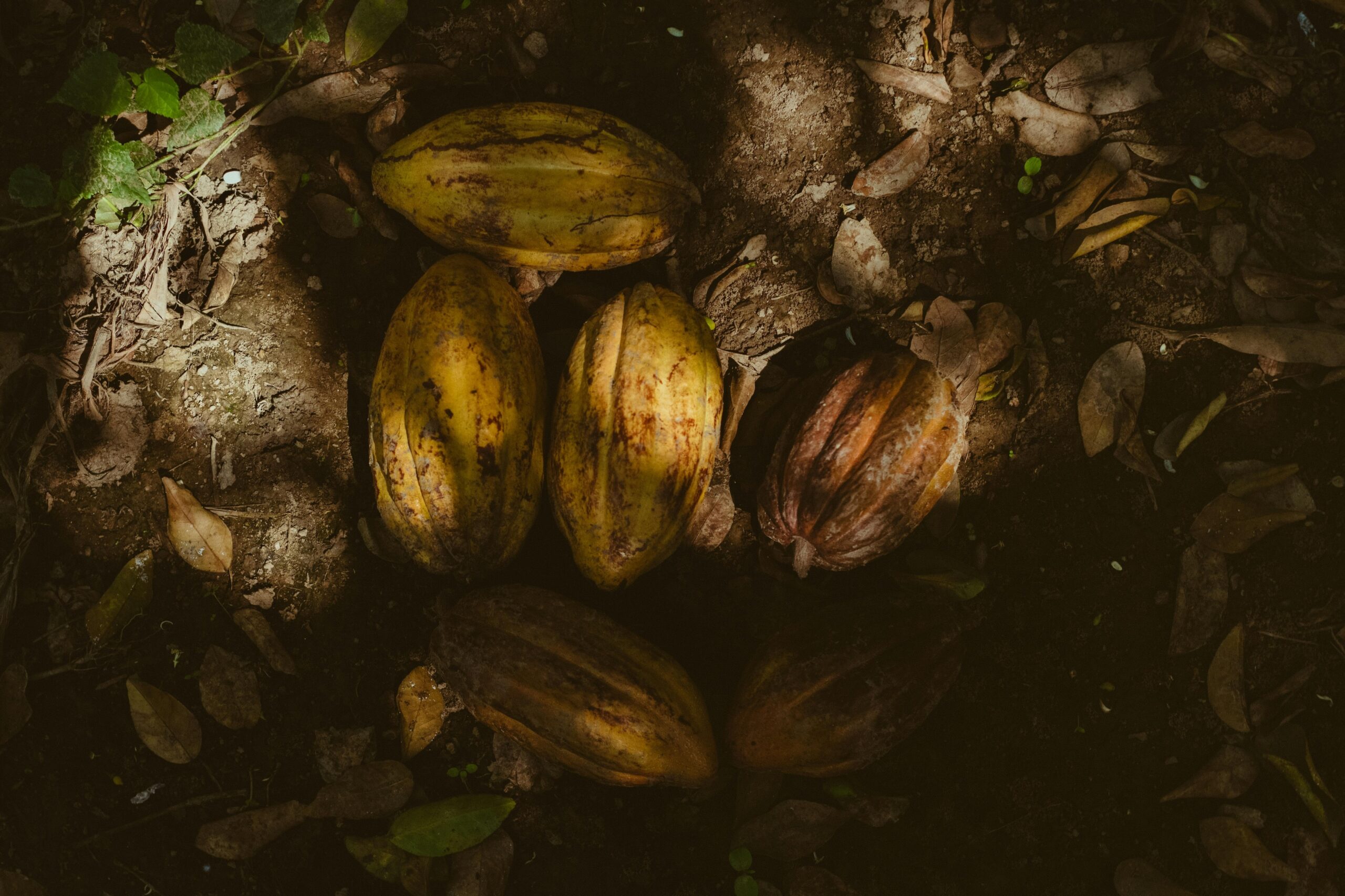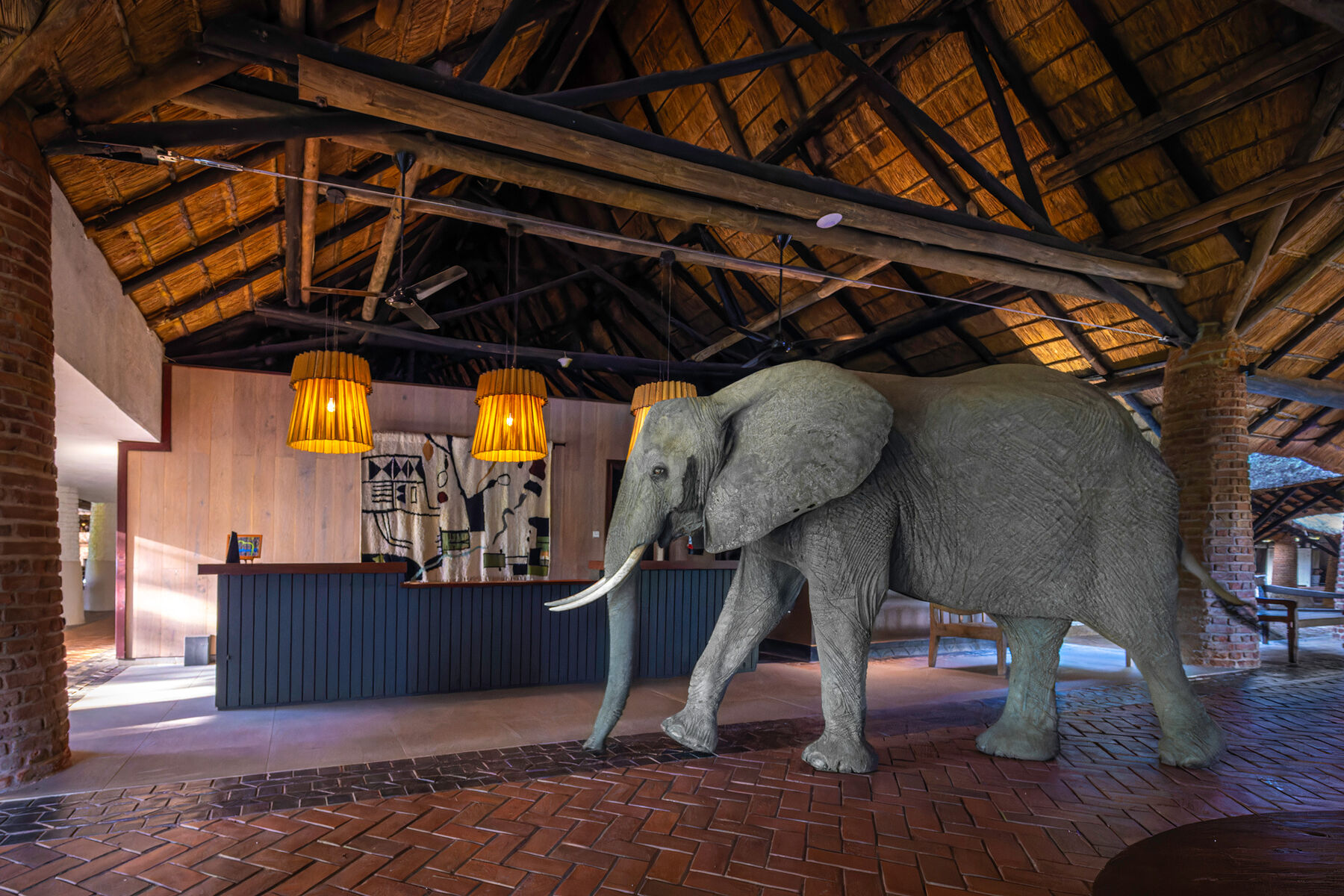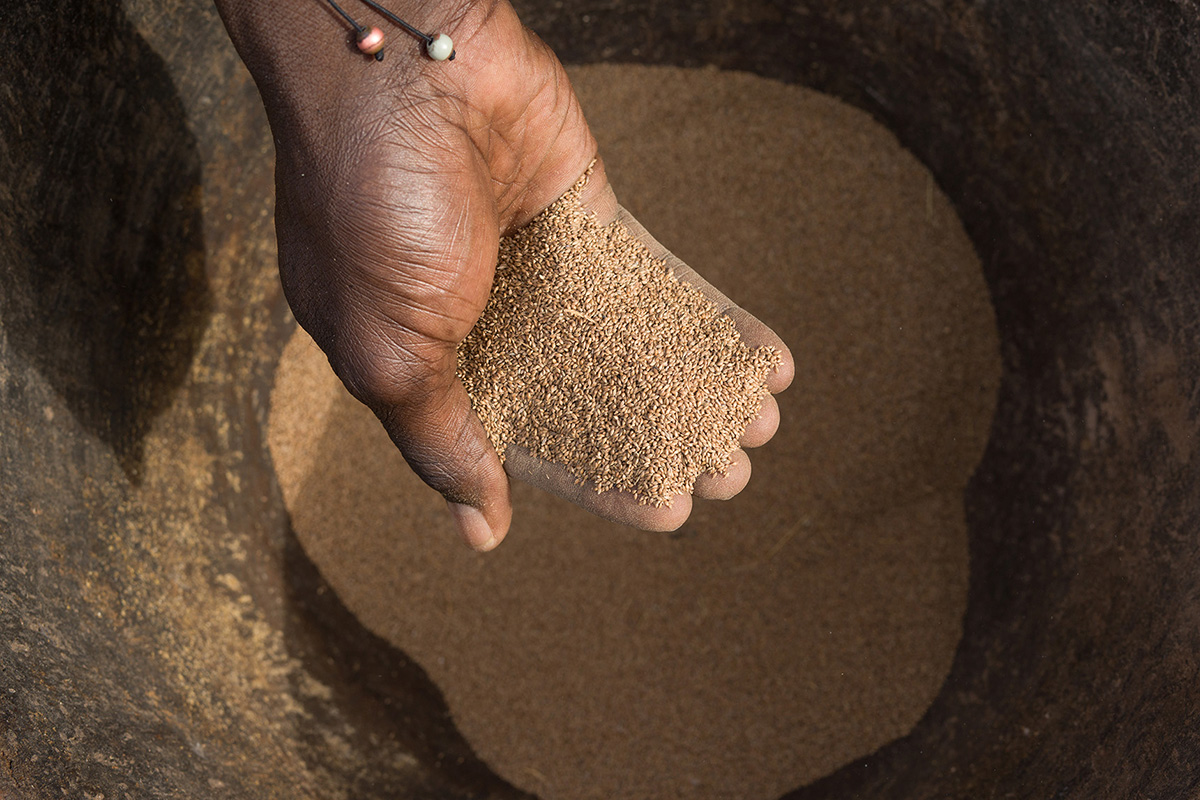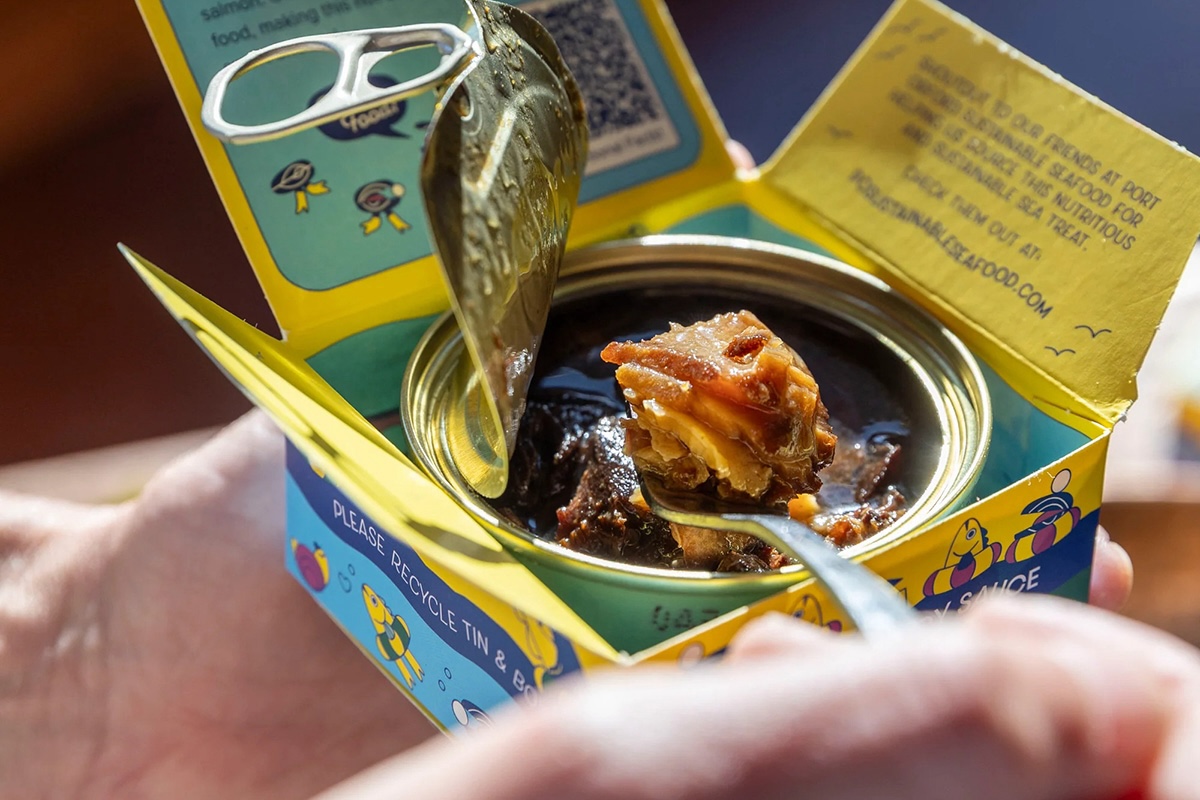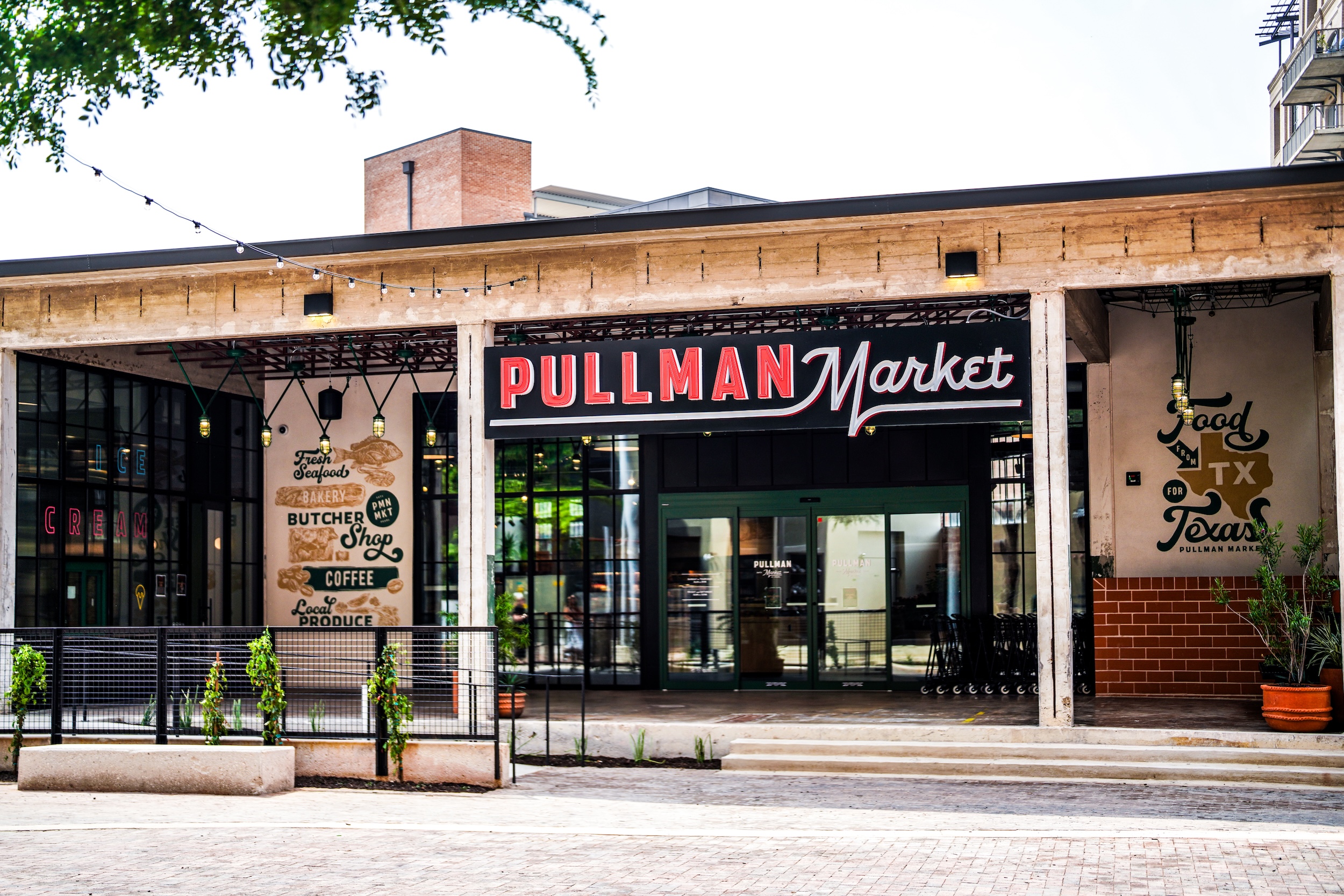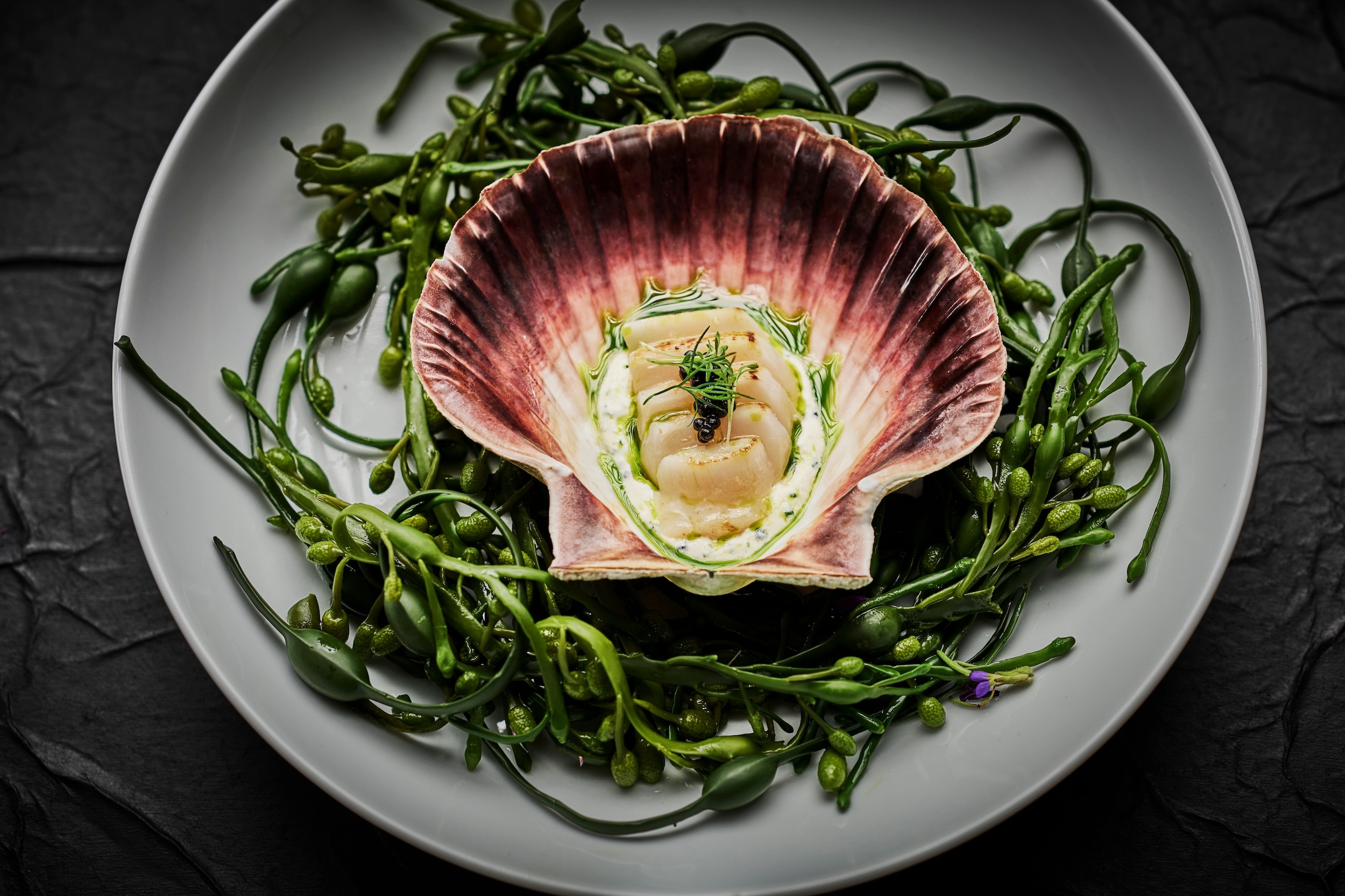NORTH STARS:
Production & Consumption
Carbon Footprint
Waste Management
“There is a here-now issue in the sense that climate change has drastically changed weather patterns, leading to extreme droughts or severe floods, and the cacao plant is pretty sensitive to both.”
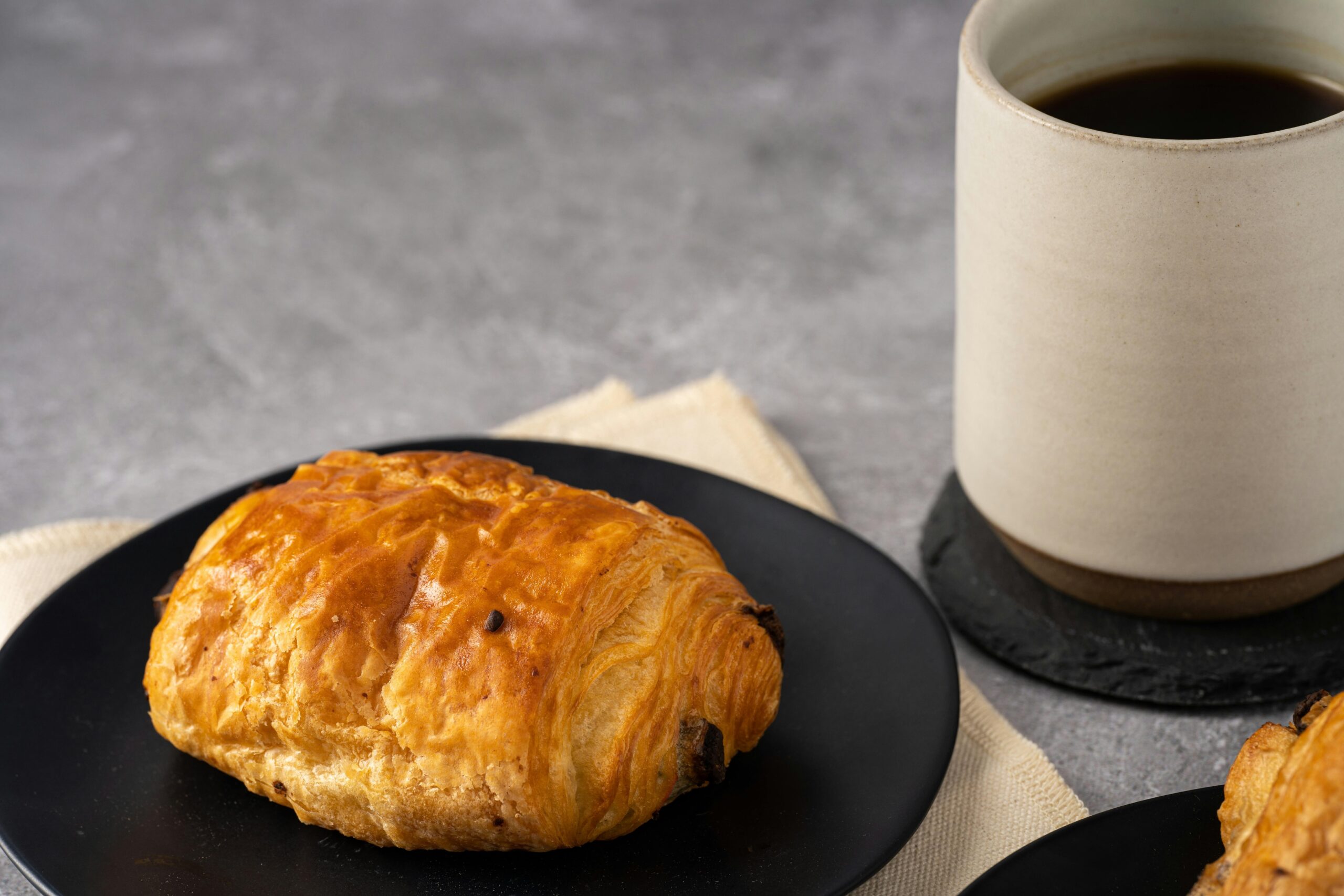
Classic Pain au Chocolat. Image courtesy of Pexels.
The pain au chocolat at artisanal vegan bakery Café Kaf in Copenhagen, Denmark, looks like a traditional chocolate-filled croissant. Decadent melted chocolate peeks out from the layers of delicate flaky dough, tempting even the most reformed sweet tooth. But hungry diners may be surprised to learn that this tasty treat doesn’t contain any actual chocolate. That’s because Café Kaf is one of a growing number of bakeries throughout Europe that now serve an innovative chocolate substitute made from malted barley, left over from the beer brewing process.
Known as THIC — This Isn’t Chocolate — the chocolate alternative is made with brewers’ spent grain (BSG) instead of cacao beans and sustainable plant-based fats instead of cocoa butter. It’s the brainchild of the team behind Copenhagen’s renowned but now-shuttered restaurant Amass, a world leader in sustainability practices. Their food innovation company, Endless Food Co., is devoted to finding flavorful, cost-effective and sustainable uses for overlooked resources in the food system.
“The chocolate industry has a pretty big problem on its hands,” says Christian Alexander Møller Bach, former director of operations at Amass and one of the co-founders of Endless Food.
The bulk of the world’s cacao is grown in West Africa and Indonesia. Ghana and Côte d’Ivoire alone produce almost 60%. Changing climate patterns have caused heatwaves, intense rainfall and other extreme weather conditions in these countries. This has had an adverse effect on cacao production. For example, excessive moisture has led to increases in swollen shoot virus, which kills cacao trees, and black pod disease, which causes pods to rot and harden, while droughts can cause water stress, leading to poor quality beans and decreased yields.
The result is diminished harvests and rising costs. The International Cocoa Organization predicts a global shortfall of about 374,000 tons of cacao this year, while the cost of cocoa on the global commodity market in 2024 shot up by more than 140% over last year. But despite supply shortages and soaring prices, demand for chocolate is flourishing.
“There is a here-now issue in the sense that climate change has drastically changed weather patterns, leading to extreme droughts or severe floods, and the cacao plant is pretty sensitive to both,” Møller Bach explains. “This has caused incredibly lousy harvests, which means lower yields. And you need to couple that with the fact that the demand for chocolate continues to grow. We wanted to find something to replace this ingredient. We wanted to be one of the solutions to the problem.”
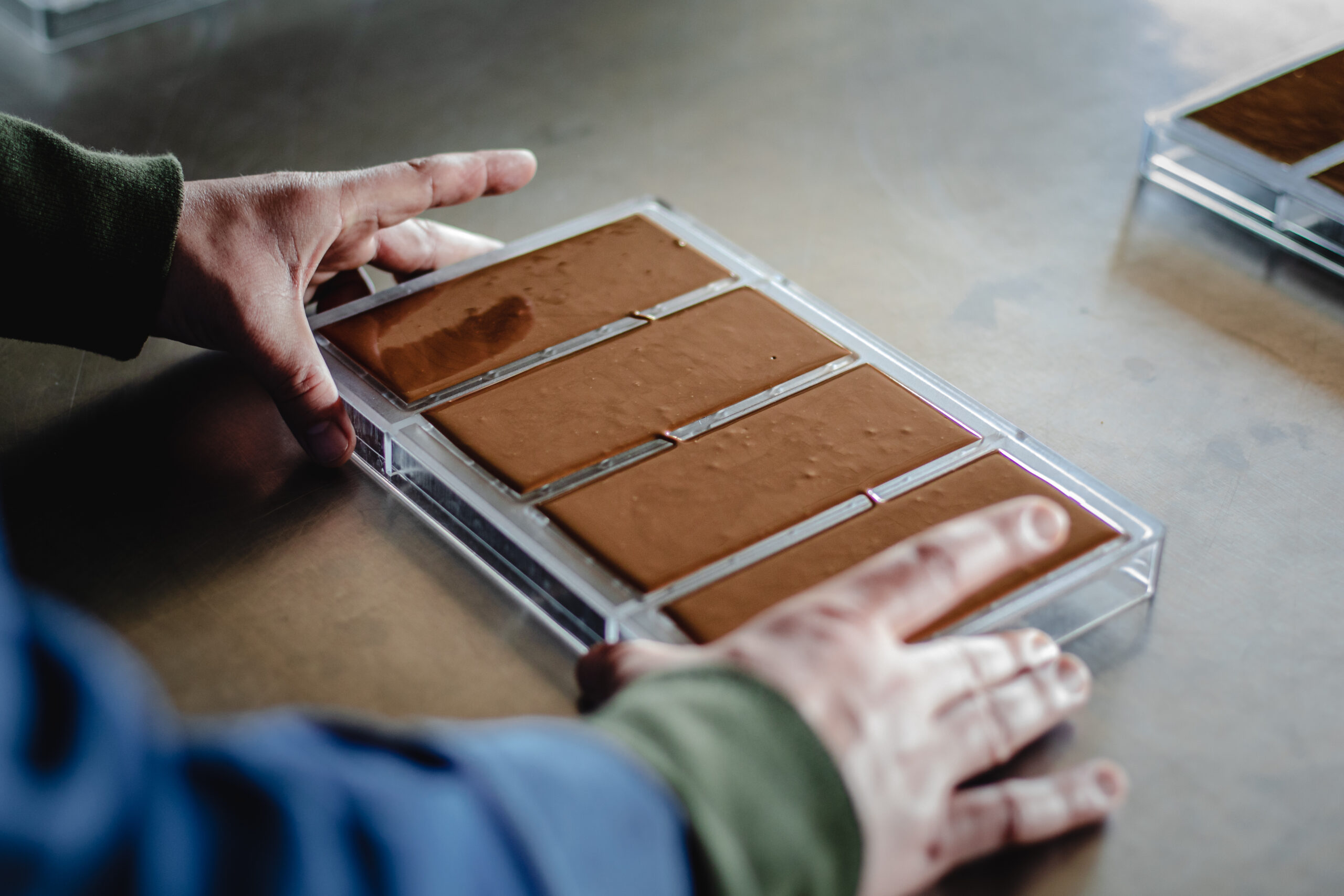
Vegan chocolate in a mold. Image courtesy of Endless Food Co.
One of the ways sustainability manifested itself in the kitchen at Amass was through the use of byproducts. Whether using dried apple peels in tea or making dumplings out of ground fish bones, eliminating food waste was a priority for the chefs. In 2020, the restaurant was connected to a brewery that produced massive amounts of BSG. In their spare time, the team began experimenting with the product, developing a number of prototypes — “some disgusting, some promising,” Møller Bach recalls.
When Amass closed its doors in 2022, Møller Bach, chef de cuisine Maximillian Bogenmann and Matthew Orlando, owner and head chef, formed Endless Food and began focusing in earnest on their chocolate product.
In addition to being cocoa-free, THIC also uses about 50% less sugar — another victim of the climate crisis. “It has taken us quite a long time to put these puzzle pieces together,” Bogenmann says. “In the beginning, it didn’t resemble anything near chocolate flavor, aroma or texture. But over the course of the years, it’s really brought itself to something that, I think in many ways, is pretty tough to distinguish.”
The BSG is dried and roasted in-house and then processed into a faux cacao powder. Then, using traditional chocolate-making methods and machinery, it is transformed into a molded solid that looks and tastes like its candy counterpart. According to Bogenmann, the grains add nutty, roasted caramel notes to the product, which is comparable in flavor to a 65%-70% dark chocolate. With a tempering or melting point that’s similar to conventional chocolate, THIC can be used for coating and baking and to make ice cream and beverages.
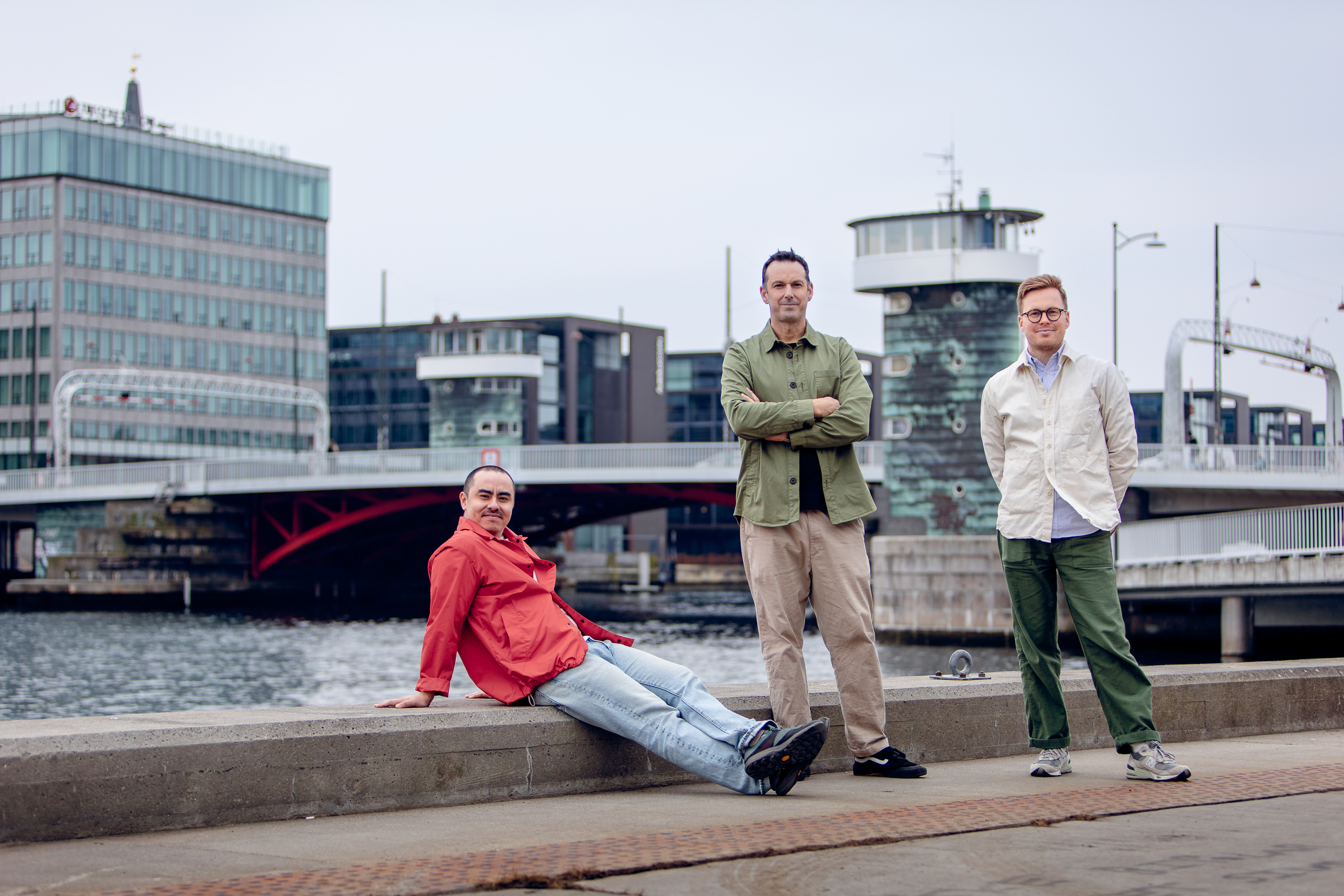
The Endless Food Co. team. Image courtesy of Cory Smith.
Currently, Endless Food operates as a B2B ingredient provider. It does not make or sell chocolate bars to consumers. THIC is produced as an ingredient for food manufacturers, confectioneries and chocolate companies. The chocolate alternative has been available for just about one year, and it is already being used by about 15 hospitality venues across Europe, Møller Bach says.
“The texture is nothing more than perfect to work with in the pain au chocolate. It works better than normal chocolate,” says Café Kaf owner Magnus Rasmussen. “The taste is so deep and is perfectly balanced in the puff pastry dough.”
Brewer’s spent grain is the main byproduct of the brewing process, representing about 85% of the total brewing waste. In Europe, about 3 million tons of BSG are produced each year; another 10 million tons are produced in the U.S. The team at Endless Food see THIC as a way to future-proof chocolate — not by taking market share away from small artisan chocolate makers who source ethically and sustainably but instead by offering an environmentally friendly alternative to some of the mass-market confections.
“[The mass chocolate producers] know there are issues sustainability-wise, supply chain-wise, and that climate change is drastically affecting their product possibilities, their supply chain in the long run,” Bogenmann explains. He notes that even replacing 30% of cocoa with THIC in chocolate bars is both cheaper and less carbon intense.
“We set out to use a byproduct to create a solution for commercial chocolate issues. And if we really want to make an impact either on the food waste side or the chocolate industry, we need to think on quite a large scale,” Bogenmann says. “If we can be the one that Barry Callebaut or Nestle calls when they need a sustainable alternative, that’s where we’d like to be.”
North Stars: Carbon Footprint, Production & Consumption, Waste Management


